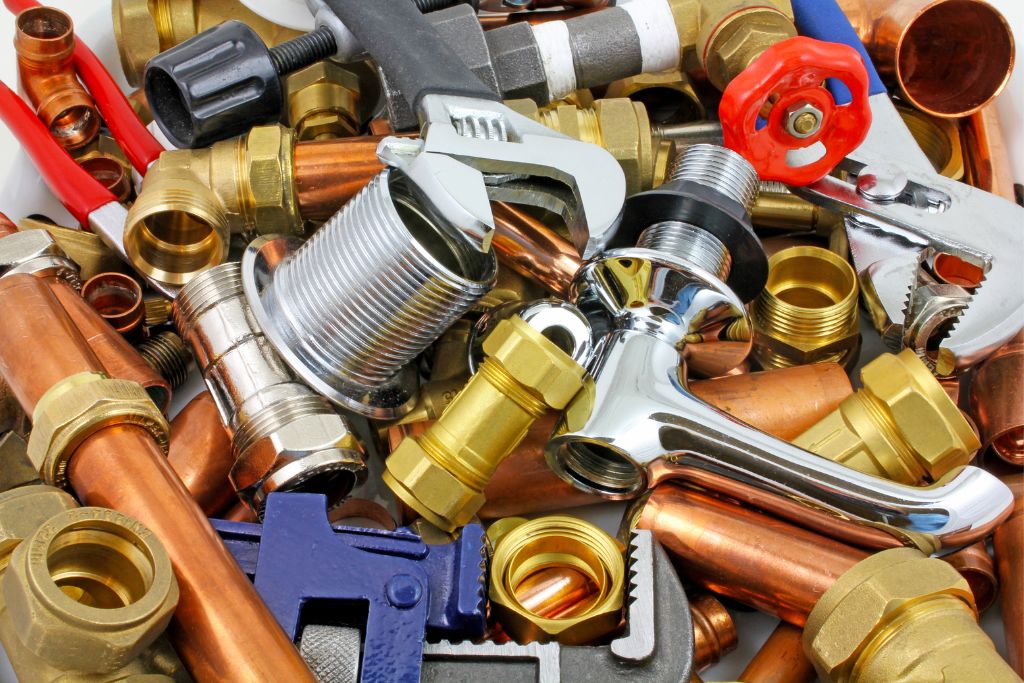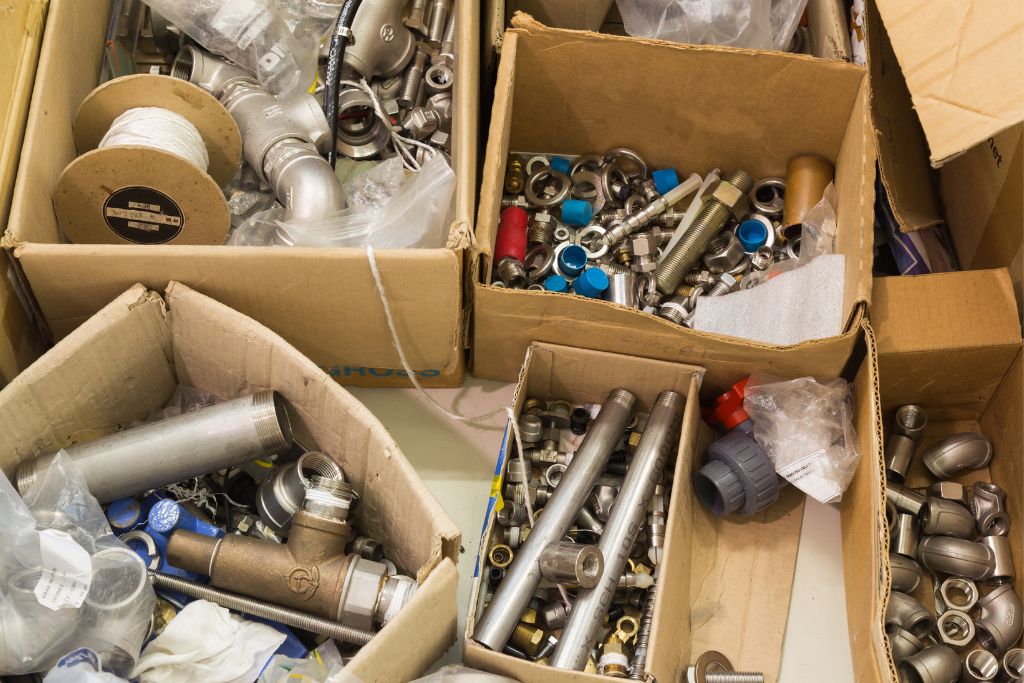With a little bit of elbow grease and the right tools, homeowners can take on many plumbing tasks that might seem daunting. However, mistakes made during DIY fixes can cause costly damage to pipes and appliances. Fortunately, there are plenty of helpful books and online resources to help guide homeowners through their plumbing projects. This book provides a comprehensive approach to tackling plumbing jobs that every homeowner will face at some point.
Know Your Pipes and Fittings
Whether you’re new to homeownership or have been living in your home for years, it pays to familiarize yourself with the basics of your plumbing system. Knowing your pipes and fittings can help prevent missteps when fixing or repairing them.
For instance, you’ll need to know what type of pipe your house has — including its length and diameter. Also, you should be aware of the different types of fittings and what each one does. For example, a plumber’s tape (sometimes called Teflon tape) is used on pipe threads to ensure a tight seal; it should only be applied to clean, dry threads.

Having the right tools and parts on hand can make any DIY plumbing job less stressful. For example, a spigot key is made for opening and closing spigots and sillcocks; you can use it to repair dripping faucets or to turn off the water in an emergency. A toilet auger is another useful tool, as it helps break down clogs in drains and forces them through the sewage system.
Don’t Over-Tighten
Whether you’re installing a new fixture or tightening a loose pipe, don’t over-tighten. Cranking a connection too hard can crack or rupture fittings, and it also leaves room for dirt and other liquids to enter your pipes. This can lead to more water damage and expensive repairs down the road.

Instead, hand-tighten any plumbing fixtures that require it. This is especially important when working in small spaces like corners and walls. If you must use tools, remember that turning to the right tightens and turning to the left loosens. This simple phrase can help you avoid stripping connections and other DIY plumbing disasters.
Know Your Tools
While we always recommend enlisting the help of a professional plumber when it comes to major plumbing issues, minor problems often call for quick and simple fixes. Whether it’s clearing clogged drains, taming uncooperative toilets or repairing leaky faucets, it can save homeowners a lot of money to take on these projects themselves.
With the right tools and guidance, even a novice can easily take on these projects. This is why more and more people are turning to DIY plumbing for their home repairs.

However, to ensure that these home improvements don’t turn into disasters, there are certain things all DIYers should keep in mind. To begin with, it’s important to segregate your tools based on the tasks and projects they help complete. This can be done by using different toolboxes and/or tool bags, or even better, keeping them in their original cases. This prevents them from getting lost among other miscellaneous items. This also makes it easier for you to find your tools when you need them.
Don’t Forget About Safety
While it may be tempting to save money by doing plumbing repairs yourself, DIY projects can often turn into a disaster without the proper safety measures. This is especially true when working with any type of power tools or pipes.
Plumbing work involves sensitive and delicate work that is best left to a professional. But there are a few key safety precautions that should be taken into consideration when installing plumbing DIY style, such as wearing protective gear and shutting off the water supply before starting any work.

This 224-page book walks through more than 90 common maintenance, repair, and installation projects for home indoor and outdoor plumbing systems. It provides tips on spotting dangerous techniques and materials, as well as advice on complying with local plumbing codes. It also offers troubleshooting suggestions and project planning advice. The book includes photos and illustrations to guide readers through each step of the job. It also offers guidelines for using different types of tools and equipment.
Our guide, “DIY Plumbing Made Easy – Essential Tips and Tricks for Homeowners,” contains homeowner tips. This article offers advice on home plumbing concerns for beginners and pros. “How do I fix low water pressure in my house?” we’ll answer. Fix low water pressure with our step-by-step guide. Checking for obstructions and changing pressure regulators will help you fix low water pressure and restore appropriate flow. Our resources will help you master DIY plumbing!
